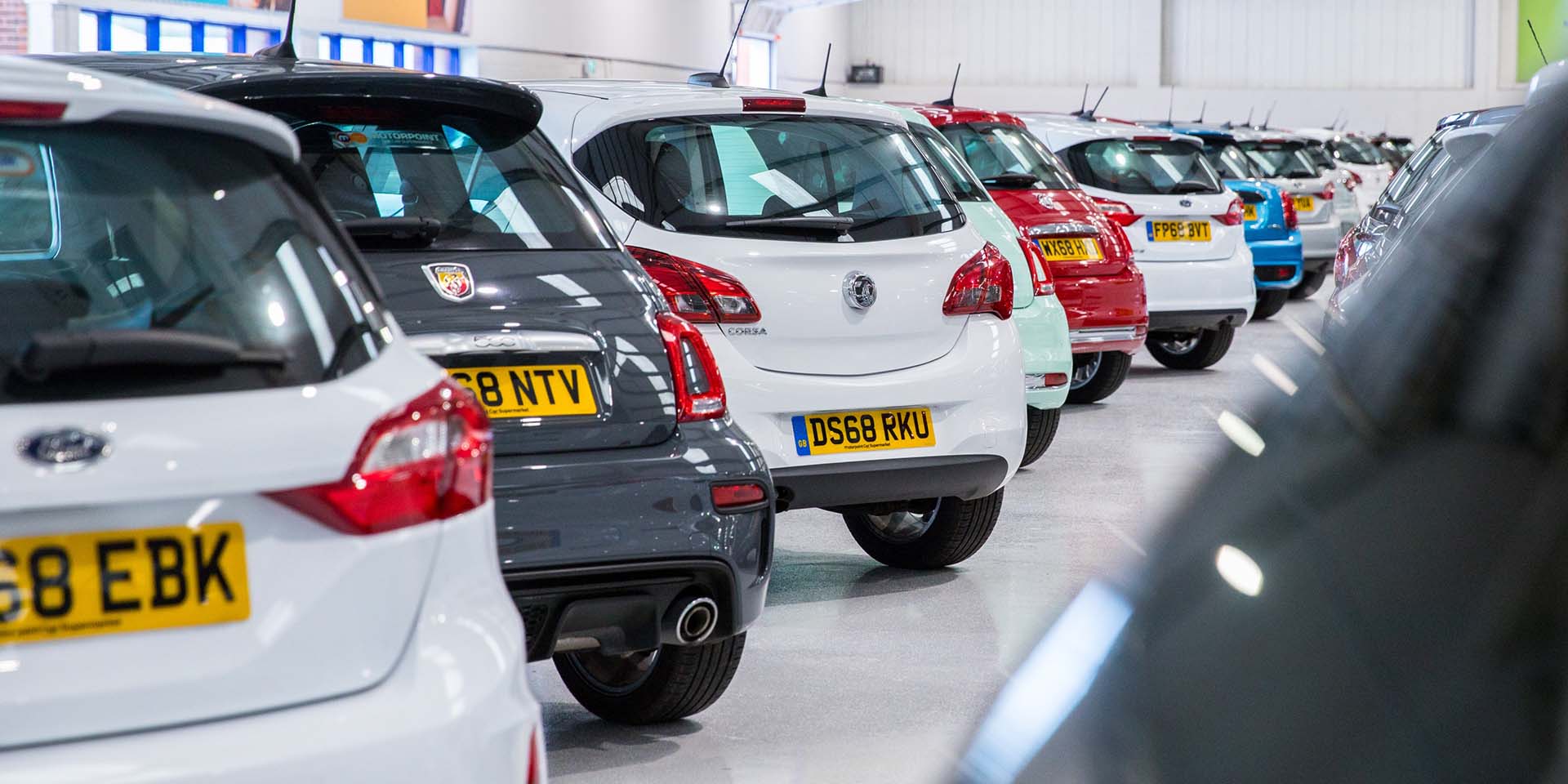Looking for a used car, you often see ‘service history’ or ‘full service history (FSH)’ advertised. What does it mean and what’s important?
Firstly, while evidence that a car has been regularly serviced is good, it doesn’t in itself increase the value of the car as far as price guides go. It just makes it more likely a buyer will choose it over the next, as they are reassured that they are buying a well-kept car.
However, when you part-exchange that car it is important, says senior valuations editor at Cap HPI, Jeremy Yea. “Depending on the age of the vehicle, franchise dealers may offer more on a part exchange valuation if they see a history conducted by an OEM [original equipment manufacturer] approved dealer/partner. However, whilst a full service record may produce higher second-hand car values to an extent, many other factors need to be considered.”
Over the years, cars have needed servicing less often but they all need regular check-ups. Services are usually due every 10,000-15,000 miles or every 12 months.
For petrol and diesel cars, this includes engine and sometimes gearbox oil changes, filters for oil, water and fuel, cooling liquid, replacing belts which drive different parts of the engine and spark plugs. That’s aside from things which wear through use like tyres and brakes. Even with electric cars you’ll want to know the battery cooling fluid and especially the tyres and brakes have been looked at and that the software is up to date. They also have air conditioners with the associated filters.
“Everything under the bonnet, much like everything in a grocery store, has an expiration date,” says Jamie Willis, Autodata’s technical support manager, providing technical vehicle repair advice and instruction to both independent and franchised garages. “Oil’s got an expiration date, belts have an expiration date – filters maybe not so much but they do get brittle and lose their ability to filter.”
What to look for
If a car is advertised with a full or part service history you should expect to be shown some evidence. Traditional proof of each service used to be a date stamp and note of the mileage in the service book which comes in the bundle with the handbook, but this is dying out. “If they are there, don’t take them as the sole evidence,” says Willis.
“If somebody just presents me with a book with some stamps in it – every single one I could get made tomorrow on Ebay for any dealership for £10. What I’m looking for is a record that the service has been done, also looking for supporting documentation (a VAT-registered invoice which details what parts and where they got them from).”
Data privacy rules (GDPR) don’t prevent you asking the garage which previously serviced the car you’re looking at to print out a simple list of what was carried out when. Only the personal detail is removed.
Some used car retailers now specify upfront when the car was last serviced. For example, our commercial partner Cazoo displays the mileage and intervals for the previous services on all its cars and if one is due, they will carry it out before handover. Used car retailer Big Motoring World also provides an online service report to anybody browsing.
With older prestige or sports cars (for example, many older Porsches) you may see ‘main dealer then specialist service history’. This is common as these cars lose their value and new owners don’t which to pay the high prices of an official dealership. This shouldn’t be a problem and many specialists pick up more knowledge about the quirks of these cars as they get older. Specialist garages may be happy to confirm work they’ve done over the phone (they may want your new business).
How to read the evidence
You want to see a regular series of entries from a year after the car was registered. The bottom line is seeing a regular inspection by a garage even if few or many miles have been covered. In the latter case, no work may have needed to be done for cars with flexible service intervals.
Some makes such as BMW, Mercedes-Benz and Audi which are often sold to high-mileage business drivers have offered flexible, or condition-based servicing.
Modern engine oils in cars covering steady daily motorway miles (where the engine is fully warmed up and under less strain) don’t need an annual oil change. Under flexible servicing Audis for example only need to be serviced a minimum of every 18,600 miles or every two years.
The pandemic has added to gaps between services where people didn’t use their cars and/or were unable to find a garage open anyway. Some owners will have had the service when it became possible, others not, covering thousands of miles over the original interval.
If you’re looking at a BMW or a Mercedes, since the 2010s these have a feature where you can sit in the car and use the rotary controller in the centre console to scroll through the menu settings to see service history after a BMW/Mercedes dealer or specialist has input the date and type of service.
You can check individually the oil and brake pad changes, whether the brake fluid was changed and also what is due to be changed next and when.
Cam belts
The rubber on the belts which drive the alternator (electrics) and the air conditioning pump will become brittle over time so need replacing at some point but the most important belt is the cam belt.
Since the 1970s, cars have had the valves at the top of the engine (which let fuel and air in and exhaust gases out) open and close in sequence by camshafts which are driven by a rubber and synthetic toothed belt at the front of the engine. The same belt usually drives the water pump that circulates cooling water.
All you need to know about a cam belt is that if it is so worn that it snaps, the valves hit each other and your engine has to be rebuilt or scrapped.
Manufacturers usually recommend that cam belts are changed based on time or mileage. This could vary from 40,000 to 100,000 miles, and between four and six years. An online search can reveal the exact mileage/time for your chosen car.
All that said, some cars have metal or chain-driven cams (also called timing chains), which last a lot longer, usually 150,000 miles, but you can only really find out if the car you are looking at has one of these by googling or getting hold of and owner’s handbook.
Not every petrol or diesel car owner will need to have a cam belt changed in their ownership. “In reality a lot of people aren’t putting 60,000 miles on their own vehicle,” says Willis.
“They tend to move them on a little bit quicker. What that means is that I’ve put 40k on it maybe and you as the new owner are going to have to pick up that cambelt bill, or people are moving them on just before they’re due one. There is a lot of emphasis put on that. Yes, it is big ticket – five or six hundred quid – and if it goes, you’re in a world of pain. For me prevention is way better than cure.”
So, if a cam belt has just been changed, that’s bonus, but if the mileage shows the car you’re buying is due one, bargain hard if you can or set money aside.








